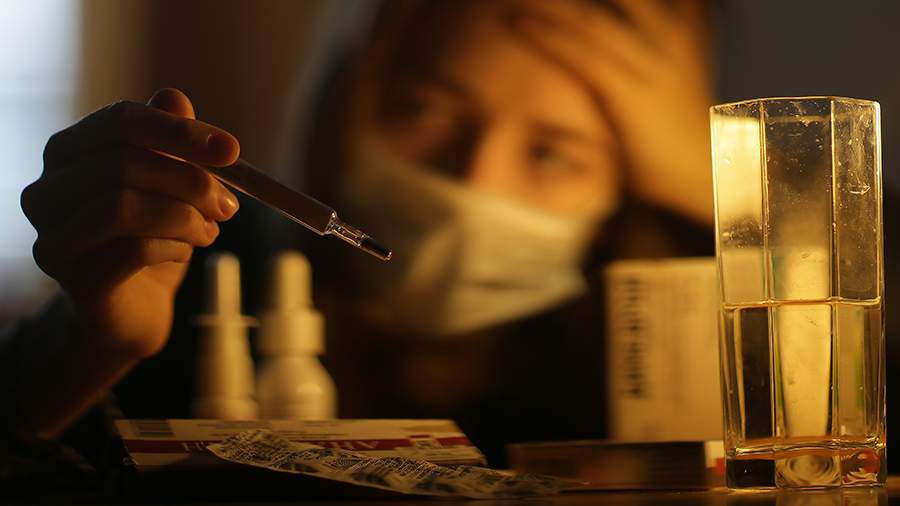The doctor listed the features of the manifestation of mycoplasma pneumoniae

Mycoplasma pneumonia differs from typical pneumonia in that it is accompanied by subfebrile fever (37.1-38 degrees Celsius), chills, head pain and myalgia (muscle pain), dry cough. Alexander Umnov, a lecturer at the Department of Fundamental Medical Disciplines of the Medical Faculty of the State University of Education, a surgeon, told Izvestia on November 27.
"In typical pneumonia, there is a fever above 38 degrees for several days, decreased appetite. Due to respiratory disorders, the patient develops shortness of breath, cyanosis in the area of the nasolabial triangle. Such pneumonia is often accompanied by a moist cough. Pneumonia caused by mycoplasma is called atypical. In addition to the presence of inflammation in the lung tissue, the course and manifestation of the disease is completely different from the "standard" pneumonia. Mycoplasma pneumonia is accompanied by subfebrile fever, chills, head pain and myalgia, dry cough," he said.
The doctor emphasized that in this form of pneumonia, shortness of breath is rare, and the patient's symptomatology is observed for a long time.
"In addition, for mycoplasma pneumonia is characterized by extrapulmonary symptoms. Patients have a pink rash, herpes, vomiting, abdominal pain, nosebleeds and liver damage," Umnov added.
At the end of October, pediatrician Maryam Sayfulina of JSC "Medicine" (clinic of Academician Roytberg) told "Izvestia" that pneumonia is transmitted by airborne droplets. According to her, the risks of the disease are weakened immunity and poor air quality. She warned that pneumonia can cause many complications and even lead to death.
Переведено сервисом «Яндекс Переводчик»
